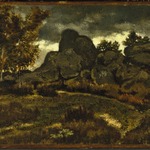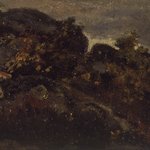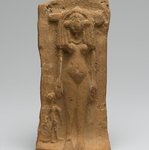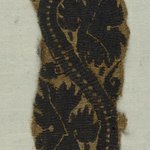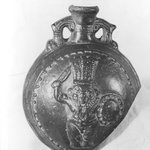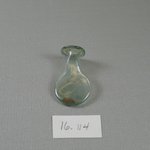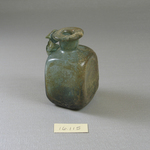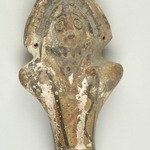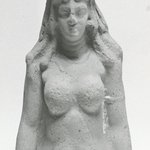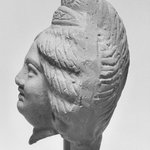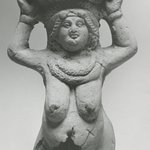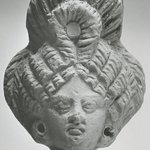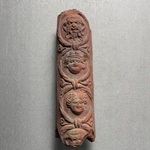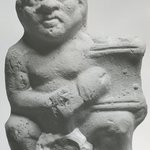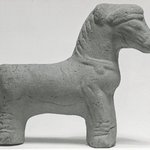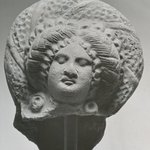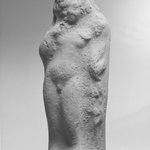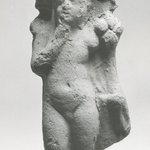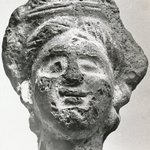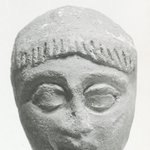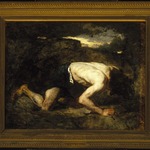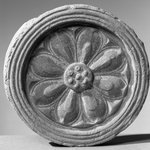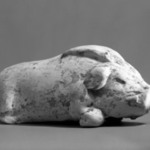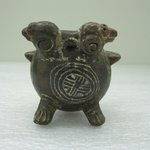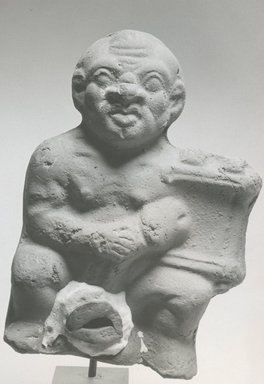

Ithyphallic Man with a Harp, 3rd–4th century C.E. Terracotta, pigment, 5 11/16 x 3 7/8 x 2 3/16 in. (14.4 x 9.8 x 5.6 cm). Brooklyn Museum, Gift of Evangeline Wilbour Blashfield, Theodora Wilbour, and Victor Wilbour honoring the wishes of their mother, Charlotte Beebe Wilbour, as a memorial to their father, Charles Edwin Wilbour, 16.271. Creative Commons-BY (Photo: Brooklyn Museum, CUR.16.271_NegC_print_bw.jpg)
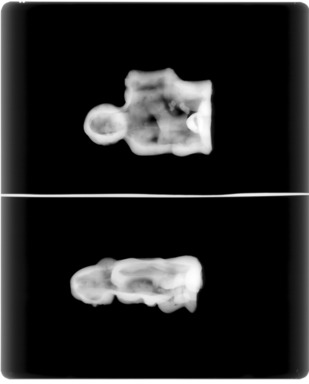
Ithyphallic Man with a Harp, 3rd–4th century C.E. Terracotta, pigment, 5 11/16 x 3 7/8 x 2 3/16 in. (14.4 x 9.8 x 5.6 cm). Brooklyn Museum, Gift of Evangeline Wilbour Blashfield, Theodora Wilbour, and Victor Wilbour honoring the wishes of their mother, Charlotte Beebe Wilbour, as a memorial to their father, Charles Edwin Wilbour, 16.271. Creative Commons-BY (Photo: Brooklyn Museum, CONS.16.271_1985_xrs_view01.jpg)

Ithyphallic Man with a Harp, 3rd–4th century C.E. Terracotta, pigment, 5 11/16 x 3 7/8 x 2 3/16 in. (14.4 x 9.8 x 5.6 cm). Brooklyn Museum, Gift of Evangeline Wilbour Blashfield, Theodora Wilbour, and Victor Wilbour honoring the wishes of their mother, Charlotte Beebe Wilbour, as a memorial to their father, Charles Edwin Wilbour, 16.271. Creative Commons-BY (Photo: Brooklyn Museum, CUR.16.271_NegF_print_bw.jpg)

Ithyphallic Man with a Harp, 3rd–4th century C.E. Terracotta, pigment, 5 11/16 x 3 7/8 x 2 3/16 in. (14.4 x 9.8 x 5.6 cm). Brooklyn Museum, Gift of Evangeline Wilbour Blashfield, Theodora Wilbour, and Victor Wilbour honoring the wishes of their mother, Charlotte Beebe Wilbour, as a memorial to their father, Charles Edwin Wilbour, 16.271. Creative Commons-BY (Photo: Brooklyn Museum, CUR.16.271_NegE_print_bw.jpg)

Ithyphallic Man with a Harp, 3rd–4th century C.E. Terracotta, pigment, 5 11/16 x 3 7/8 x 2 3/16 in. (14.4 x 9.8 x 5.6 cm). Brooklyn Museum, Gift of Evangeline Wilbour Blashfield, Theodora Wilbour, and Victor Wilbour honoring the wishes of their mother, Charlotte Beebe Wilbour, as a memorial to their father, Charles Edwin Wilbour, 16.271. Creative Commons-BY (Photo: Brooklyn Museum, CUR.16.271_NegD_print_bw.jpg)
Ithyphallic Man with a Harp
Egyptian, Classical, Ancient Near Eastern Art
The figure’s lack of formal elegance breaks significantly with other Egyptian representations at the time. Rather than following the typical standard of ideal bodily proportions, figures like this one highlighted the carnal, as the man plays a harp with his exaggerated phallus.

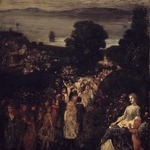

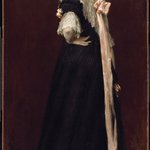

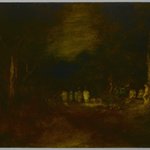
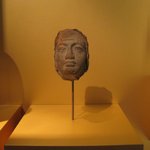

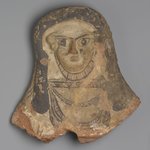
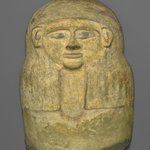
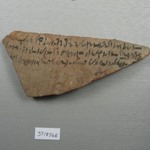
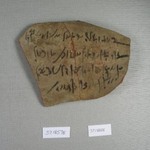
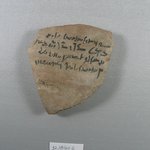
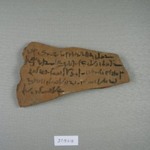
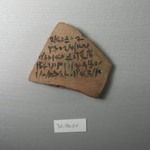

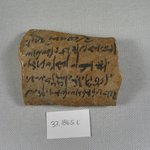
![Portrait of Mlle Fiocre in the Ballet "La Source" (Portrait de Mlle...E[ugénie] F[iocre]: à propos du ballet "La Source")](https://d1lfxha3ugu3d4.cloudfront.net/images/opencollection/objects/size2_sq/21.111_PS11.jpg)
